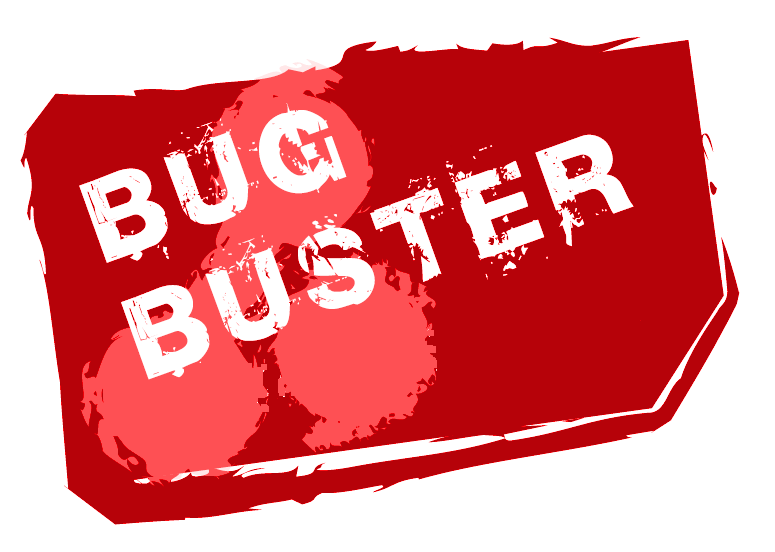Newcastle University Drylab/21 May 2008
From 2008.igem.org
Newcastle University
GOLD MEDAL WINNER 2008
| Home | Team | Original Aims | Software | Modelling | Proof of Concept Brick | Wet Lab | Conclusions |
|---|
Home >> Dry Lab >> Dry Lab Journal
|
|
|
| |||||||||||||||||||||||||||||||||||||||||||||||||||||||||||||||||||||||||||||||||||||||||||||||||||||||||||||||||||||||||||||||||||||||||||||||||||||||||||||||||||||||||||||||||||||||||||||||||
21 May 2008
Mark
Plan for today is basically to get my java program to work. Been working on it all morning and have been trying to access by array of stored double numbers witrh my gaussian method in a forLoop. This has proven a sticking point and is very anoying as for some reason the array cannot be accessed even though both methods are under the same class. Have e-mailed matt about this and we are communicating freely now via MSN messenger.
Have also (under Matt's instructions) e-mailed Dan at support@bsu.ncl.ac.uk to set up and log into the svn repository, which is for code developing and sharing. Have also downloaded the Tortoise development tool. It is worth mentioning the usefulness of this tool in that I now have access to a code repository. As i alter or change my code I can then commit any changes once I have updated the files and they can then be accessed in the repository. The Tortoise development tool simply enables you to carry out this task.
It is just after lunchtime at this point, and I have fixed a big problem with file access on the server, and I am now just waiting for Matt to have a look at my code. In the meantime I am going to look at sourceforge at past API's, to get an idea of how to structure my evolutionary algorithm.
Link to sourceforge
Started looking through sourceforge for relevant programs/
Megan
Try to define the broad parts that I want to make models for. Activator, Repressor, Regulator, Transcription factor, coding region (Output) try to define vairable and units for these however this is quite confusing, CellML appears to model baed on MathsML and numbers however a lot of the information that I would like to store is not numerical?!?
After looking at COR and Physiome CellML environment it looks as though the general structure of cellML is relatively straightforward. However only for names of models and their variables, I am still extremely confused as to how these are going to work as mathematical models. For some variables it may be possible as there are will be certain conditions the parts can work under, but this is probably more constraints. For the actual parts information will be stored on their sequence and length, source orgainsim, encoding gene etc. but I do not see how this can be converted to cellML at all....
This is a problem. When attempting to create a basic model in COR it seems to want unit information, and for this to some how link to an equation, e.g. milisecond = second.10-3 this type of unit is fine for modelling reactions in cells however not really when there are no units :-\ Also COR is not very self explanatory, it is clearly unhappy when a big warning sign appears but so far I have not found any explanation of why the sign appears.
I thought that physiome was quite good initially. The tutorial is useful. I started to attempt to model in physiome, but now it seems to have a problem, it freezes and doesn't respond quite a lot which is very annoying and impractical when trying to use it.
Morgan
I have working tooltips on my canvas! Right now it just reports the basics of what's in the Element, without any human-friendliness, but once I have actual data in there it'll be prettier. I just thought that until I have actual data, I don't need to spend time making it purty.
I also got deletion to also work with edges. It only worked with elements before. It's also more flexible, so you can click within about 2 pixels of the line and still have it respond. Woot. All I did was take the Point p, and drew a line from (p.x-2, p.y-2) and (p.x+2, p.y+2) and checked to see if that little line intersected with any of the connector lines. Seems to work okay.
I cleaned up the Constants class a little, because I had a few ints that were running around doing the same job as some Strings. Simplified it to just Strings.
Pulled out a separate Legend class, in the process of de-hacking the legend (WB todo Build #6).
The legend has been de-hacked! I pulled code from Bluejay to do it. Oops. But mostly I re-wrote it. The background isn't white and there's no label to identify it as the legend, but the whiteness is currently subject to a strange bug that I don't feel like finding.
Nina
The matrix.
To populate the compatibility matrix I used three methods.
Literature searching (google the parts and look through journals for conformation that they can interact/control gene expression of the connecting part)
Look at homologous structures of parts that have been confirmed to interact. If the structure is the same, they may also be compatible.
Use blast of the DNA sequence two parts together to see the sequence exists at all. This would confirm compatibility.
 "
"

